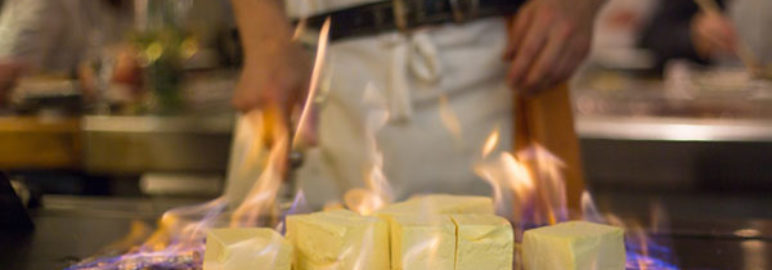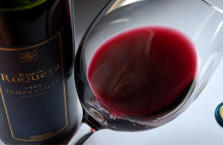From noodles to crickets, everything is game when it comes to ingredients for constructing the “perfect” desserts around the world. Every country has a sweet spot for desserts, but how they fill it may be considered taboo to us. But if you find yourself traveling to any of these countries, to get the full experience you must give these strange desserts a try.
1. Cendol,Malaysia

No these aren’t green worms. Cendol is a popular dish in Southeast Asia, made from jelly noodles, coconut milk, shaved ice, green food coloring, palm sugar and red beans. While it sounds like something you would put together extremely drunk or out of despair, it all goes surprisingly well together. If you are planning a trip to Malaysia and with a tight budget (a big bowl costs about 2.50 RM which is equivalent to 62 cents!) its a must taste of their traditional way of life.
Get it here: Cendol & Rojak Mustaffa Food Truck (Selangor, Malaysia)
2. Tavuk göğsü, Turkey
There’s an unwritten rule of desserts somewhere and it says “chicken and desserts don’t mix”, yet the Turkish didn’t get the memo. One of their signature desserts dishes is called Tavuk Gogsu and it combines rice flour, chicken, cinnamon and sweetened milk. The taste is similar to a sweet pudding and well, chicken. But don’t expect to bite into a chicken leg, as the meat is separated into very thin fibers and pounded into powder and then added into the mixture. It was good enough for the Ottoman sultans almost 600 years ago, so it may be just good enough for you.
Get it here: YanyalI Fehmi LokantasI Restaurant (Istanbul, Turkey)
3. Crème de Abacate, Brazil
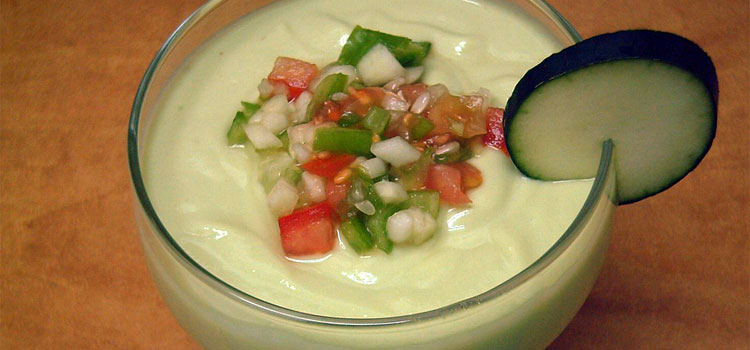
If there’s anyone that loves avocados more than Californians, its the Brazilians. If you were to order Crème de Abacate in a restaurant, at first sight, you may receive something that looks like green goo. But this beloved Brazilian dessert is actually whipped avocado! It typically combines avocados, cream, sugar and lime juice. Although it sounds like a weird combination, it’s a must try for any avocado lover.
Make your own: Blend 1 can of condensed milk, 1 medium avocado and 1 tablespoon of lemon juice. Let it chill before serving.
4. Liquid Nitrogen Ice Cream, Philippines
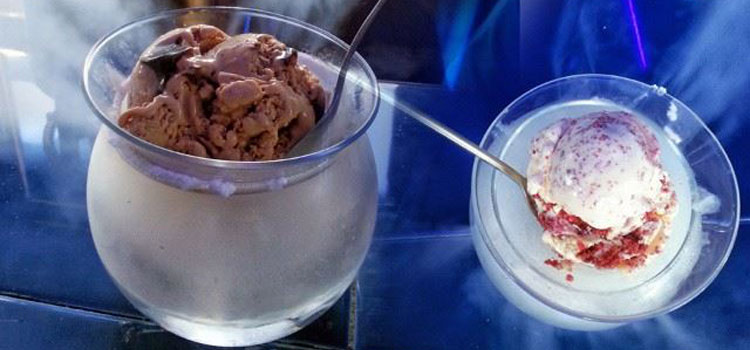
For the thrill seekers out there, there is a shop in Manilla that does ice cream a little different. The Iscreamist shop serves ice cream that is dipped into liquid nitrogen. Liquid nitrogen is extremely cold but if used properly, apparently it makes a quite fun experience! The shop offers anything from s’mores to ice cream that you can dip into liquid nitrogen yourself.
Get it here: The Iscreamist (Metropolitan Manila, Philippines)
5. Deep Fried Candy Bars, Scotland
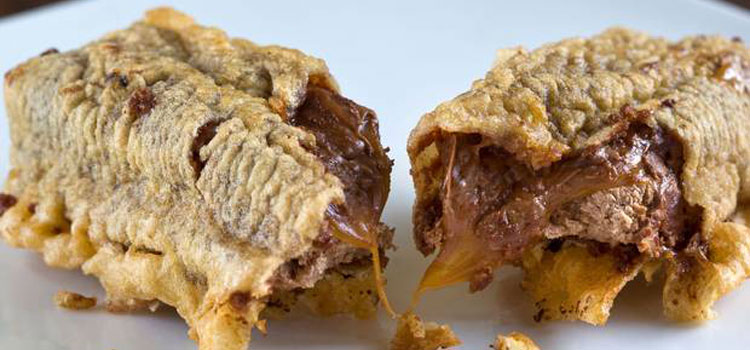
What started as a novelty item in chip shops has grown into one of Scotland’s staple street desserts. Since 1990’s, media popularized this desert, partly through commentary on urban Scotland’s deleterious, high-sugar and high-fat diets. This dessert has been even criticized by Mars Inc. themselves, who said that they don’t promote their products being fried as it goes against their mission of promoting “healthy” lifestyles. Even with the backlash, it seems that there’s no stopping of the Mars bars in Scotland.
Get it here: The Royal Mile Tavern (Edinburgh, Scotland)
6. Chocolate Covered Crickets, Thailand

I can tolerate insects in my protein bars but that’s where I draw the line. What’s that? They are covered in chocolate? Scratch that. Although 80% of the world eats insects, it hasn’t caught on in the Western world just yet. Chocolate covered crickets remain a dessert only for those brave enough to give it a try and a mystery to the faint-hearted. Reportedly, the crunchy and sweet combination is something that you may just want to try. If you are feeling adventurous you don’t have to travel all the way to the street vendors in Thailand to get these, simply order some here. It comes with “yummy” extras as well.
Get it here: Street vendors (Thailand)
7. Red Bean Cake, Hong Kong
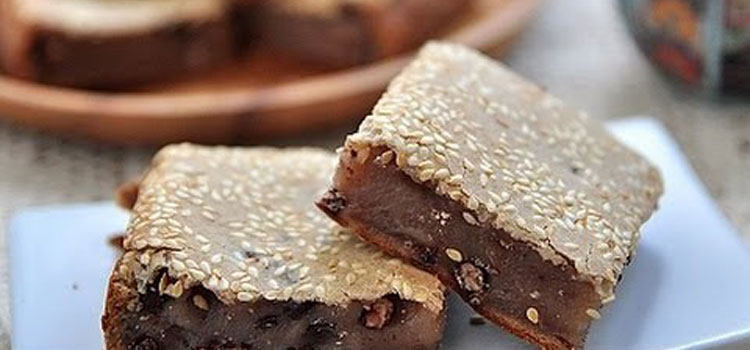
In many regions of China, including Hong Kong, red beans are often used in desserts. Azuki beans are prepared in many ways to make them into interesting desserts. For example in China, Azuki beans are mashed into a paste and then frozen. It is then sweetened and sprinkled with sesame seeds. The result is a dense, soft and tasty dessert. While there are many varieties of this red bean cake, the people in Asia all seem to swear by it, so maybe its worth a try.
Get it here: Kee Tsui Cake Shop (Hong Kong)
8. Picarones, Peru
Picarones is a dessert that originated in Peru during the Colonial era. While it is reminiscent of the donut, it’s made from sweet potato and squash instead. It is then sweetened by syrup made from chancaca (a sweet sauce made from unrefined or raw sugar). This makes this dessert a bit healthier than its highly-processed American brother.
Get it here: Kennedy Park (Lima, Peru)
9. Ais Kacang, Singapore
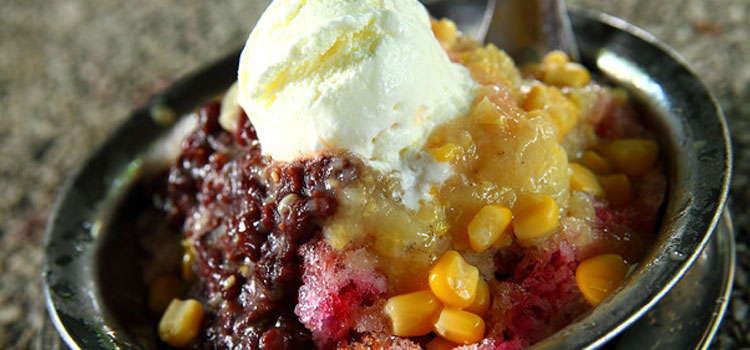
Another dish that utilized red beans, along with shaved ice, sweet corn, jelly (from green grass), lychee fruit and evaporated milk. All the ingredients come together to form this tie-dyed Singaporian sundae. If its not sweet enough already, it’s often topped with strawberry syrup or condensed milk. Next time maybe you’ll consider throwing in some veggies in your dessert.
Get it here: Maxwell Road Hawker Centre (Chinatown, Singapore)
10. Wasabi Ice Cream, Japan
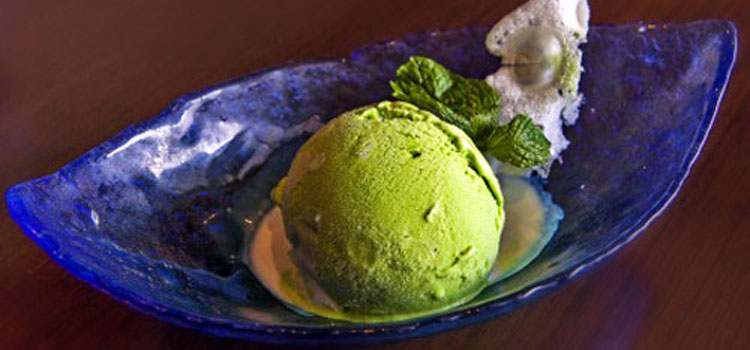
One of the weirdest desserts comes in the form of ice cream from Japan. Perhaps saddened by the fact that wasabi was only eaten with their sushi, the Japanese created wasabi ice cream. Wasabi, also know as Japanese horseradish, is the same ingredient that has left thousands of first time sushi-ers gasping for air and is the dominating flavor in this dessert. Nevertheless, it is reported that the ice cream is pleasantly tingly, so if you love spicy-sweet combinations, put this one on your to-try list and proceed with caution.
Get it here: Cup Ice Museum (Tokyo, Japan)
Article Source: Organic.Org

